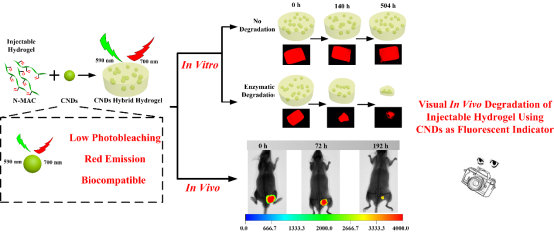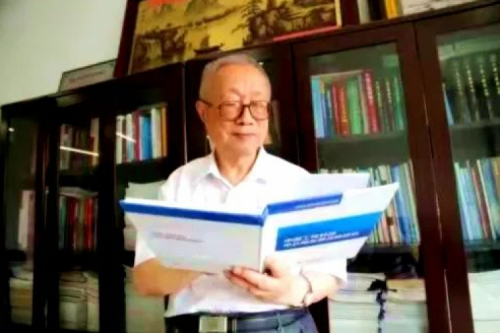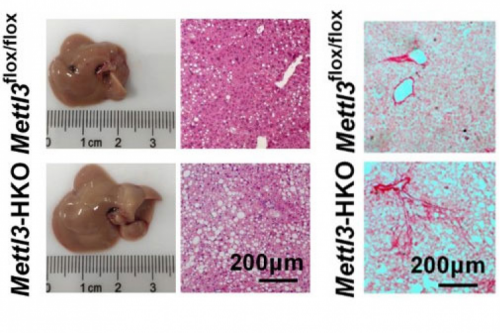Reported by: Yan Mingxing
Translated by: Pang Yue
Edited by: Garrick Jones
Date: September 1, 2017
With the support of NSFC innovative group projects and surface ones, the core member of the team led by the academician Zhou Yu in School of Material Science and Engineering-vice professor Li Baoqiang has made great progress in real-time noninvasive visualized monitoring of degradation of biomaterials based on nano carbon dots. The achievement, presented in the form of full article, was published on the authoritative journal-Biomaterials (IF: 8.40, DOI:10.1016/j.biomaterials.2017.08.039), providing a new fluorescent probe for real-time visualized monitoring of degradation of biomaterials. The first author of the paper is Wang Lei, one doctoral student enrolled in 2013; vice professor Li Baoqiang is the only corresponding author; and HIT is the first signature unit.
Visualized monitoring of the degradation of hydrogel based on fluorescence method is an important means of real-time noninvasive quantitative degradation of hydrogel. However, the current fluorescence indicating degradation method has limitations such as the photobleaching of organic fluorescent probe and the interruption of the degradation of macromolecule due to the introduction of fluorophores. To settle the problems, vice professor Li Baoqiang and others realized real-time noninvasive monitoring of degradation of hydrogel both inside and outside, assessed the biocompatibility of nano carbon dots systematically and built up the math model of assessing real-time noninvasive visualized quantitative degradation of hydrogel by synthetising and taking advantage of fluorescent indicator of nano carbon dots with low light bleaching, red light emission and good biocompatibility. When the hydrogel can’t be degraded, the nano carbon dots hided will not be released; and when the hydrogel degraded, the degradation kinetic curves presented by two methods, namely gravimetric method and fluorescence visualization method based on nano carbon dot. Besides, the math model of quantitative outside degradation of hydrogel was established so as to predict the inside degradation, thus realizing real-time noninvasive visualized quantitative inside degradation of biomaterials. The real-time noninvasive visualized quantitative inside degradation of biomaterials based on nano caobon dots provides new research methods of controlled degradation of biomaterials and convenient screening of inside degradation in tissue engineering.
Recent years, vice professor Li Baoqiang has made a series of achievements in injectable chitosan hydrogel and nano carbon material as well as biomedicine, energy and environment and published more than 10 SCI papers in international high-level journals such as Biomaterial Journal, Biosensors and Bioelectronics, Journal of Controlled Release and Carbon, arousing extensive attention of researchers both at home and abroad.
Link of the article:http://www.sciencedirect.com/science/article/pii/S0142961217305586
Personal homepage: http://homepage.hit.edu.cn/libq





